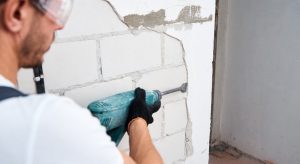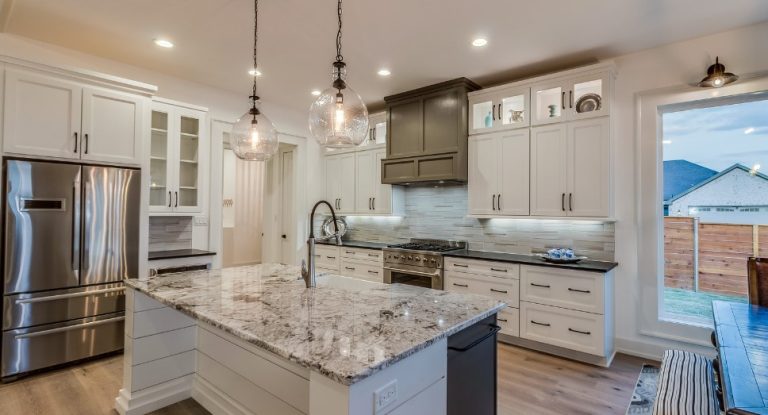How Much to Knock Down a Wall Between Kitchen and Dining Room in UK?
Knocking down a wall between the kitchen and dining room can transform your home, creating an open and spacious environment. However, understanding the costs involved is crucial before starting this project. In this blog, we will break down the factors that affect the cost of wall removal in the UK, helping you plan and budget effectively.
What Factors Affect the Cost to Knock Down a Wall?

Several factors influence the cost of removing a wall between the kitchen and dining room, including whether the wall is load-bearing or non-load-bearing, the size and material of the wall, and the complexity of the job. Larger walls or those made of tougher materials, as well as walls with additional features like electrical wiring or plumbing, will generally cost more to remove.
Is the Wall Load-Bearing?
Determining if a wall is load-bearing is crucial as it significantly impacts the cost and complexity of removal. Consulting a structural engineer is essential for this assessment. Load-bearing walls typically require additional support structures, such as steel beams, making their removal more expensive.
Planning and Permissions
Before proceeding with the demolition, ensure you adhere to UK building regulations and acquire the necessary permissions. Compliance with building regulations is mandatory for safety and legality. Some projects may require planning permission, especially if they affect the building’s structure. Consulting with professionals like architects and structural engineers can streamline the process.
Hiring a Professional
Choosing the right contractor is crucial for a successful wall removal project. When selecting a contractor, consider their credentials, experience, reviews, and insurance. The average cost for professional services can range between £800 to £2,000, depending on the project’s complexity. It’s advisable to compare at least three quotes to ensure you get the best value for your money.
Cost Breakdown
| Expense | Estimated Cost (GBP) |
| Structural Engineer Fees | £200 – £400 |
| Contractor Fees | £800 – £2,000 |
| Cost of Materials | £200 – £500 |
| Additional Costs (Plastering, Painting, Finishing) | £300 – £600 |
DIY vs. Professional Wall Removal

While some may consider a DIY approach, hiring a professional is often safer and more efficient. DIY may save on labor costs but increases risks, such as structural damage and safety hazards. Professionals bring expertise and reduce the likelihood of mistakes that could lead to higher costs.
Hidden Costs and Unexpected Expenses
Be prepared for potential hidden costs during the wall removal process, such as relocating plumbing, electrical, or gas lines, repairing unforeseen structural damage, and additional decorative work post-removal. It’s wise to set aside at least 10-15% of your total budget for these contingencies.
Benefits of Creating an Open-Plan Kitchen-Dining Area
Creating an open-plan space can bring numerous benefits to your home, such as increased space and natural light, improved functionality and flow between the kitchen and dining areas, and a potential increase in property value, as modern open-plan designs are attractive to buyers.
Conclusion
Understanding the costs involved in knocking down a wall between your kitchen and dining room is essential for planning and budgeting. By considering factors like wall type, hiring professionals, and potential hidden costs, you can ensure a smooth and successful renovation project. While DIY can be tempting, professional expertise often leads to better and safer outcomes. Happy renovating!


